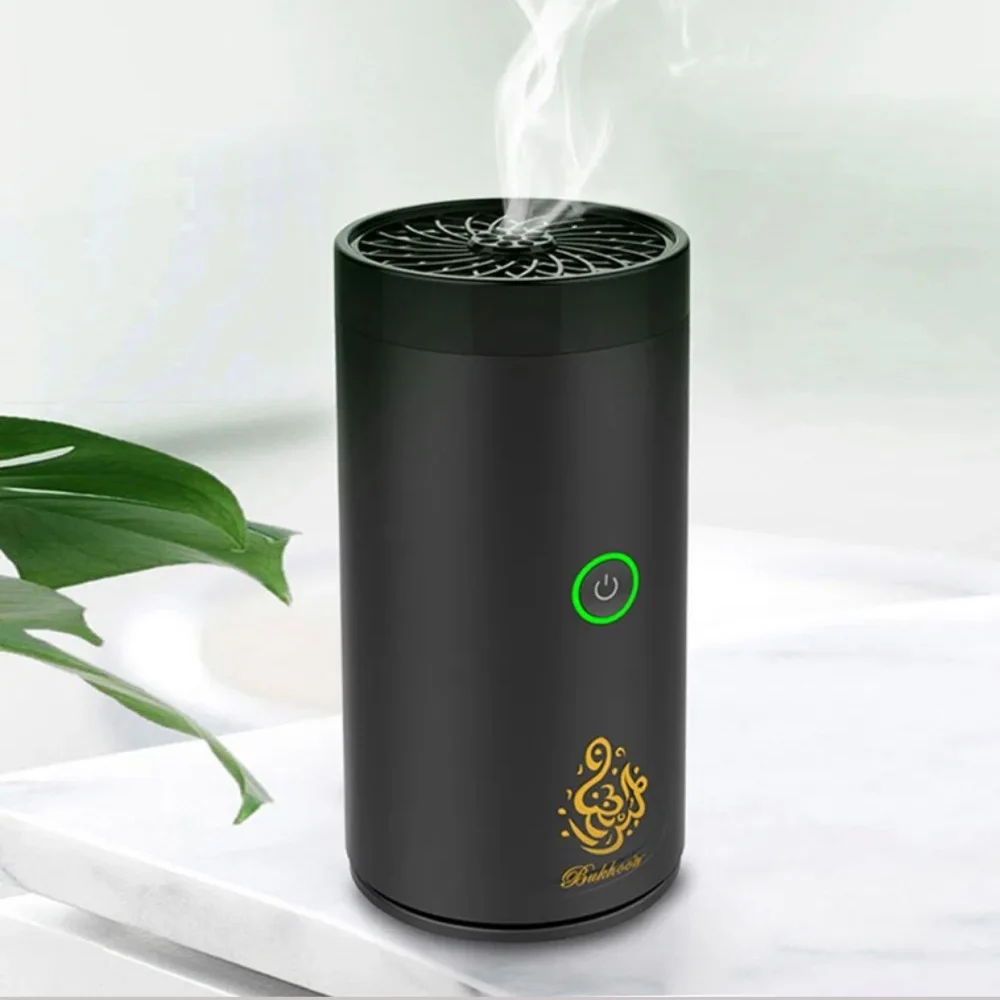Incense burners have been used for centuries to enhance spiritual practices, purify the air, and create a soothing atmosphere. Whether you’re a seasoned incense enthusiast or just starting your journey, understanding how to use an incense burner properly is essential. In this guide, we’ll cover everything from choosing the right burner to selecting the best incense sticks and creating a relaxing ambiance.
Choosing the Right Incense Burner
The first step in using an incense burner is to select the right one for your needs. There are numerous types of incense burners available, each with its own unique features and benefits. Here are a few popular options:
- Backflow incense burner: These burners create a visually stunning effect by causing the smoke to flow upwards and then downwards, resembling a waterfall. Backflow incense burners are often used in meditation and relaxation practices.
- Censer: A censer is a container with a perforated lid that allows smoke to escape. They are commonly used in religious ceremonies and rituals.
- Ceramic incense burner: Ceramic burners come in a wide variety of shapes and sizes. They are often used for home decor and can be a beautiful addition to any space.
- Metal incense burner: Metal burners are durable and can withstand high temperatures. They are a good choice for those who want a long-lasting and easy-to-clean burner.
Selecting the Best Incense Sticks
Once you’ve chosen an incense burner, it’s time to select the right incense sticks. Incense sticks come in various scents, sizes, and materials. Here are a few factors to consider when choosing incense sticks:
- Scent: Choose a scent that complements your mood or the occasion. Some popular scents include lavender, sandalwood, jasmine, and vanilla.
- Size: The size of the incense sticks should be compatible with your incense burner. If the sticks are too long, they may not fit properly.
- Material: Incense sticks can be made from a variety of materials, including wood, herbs, and flowers. Each material has its own unique scent and properties.

Preparing Your Incense Burner
Before lighting your incense sticks, it’s important to prepare your incense burner. Here are a few tips:
- Clean the burner: If your burner is new or has been used before, it’s important to clean it thoroughly. This will help to prevent the buildup of residue and ensure that your incense burns evenly.
- Add sand or ash: Some incense burners require sand or ash to be added to the bottom. This will help to stabilize the incense sticks and prevent them from tipping over.
- Place the burner in a safe location: Place your incense burner on a heat-resistant surface, away from flammable materials.
Lighting Your Incense Sticks
Once your incense burner is prepared, you can light your incense sticks. Here are a few tips for lighting incense sticks:
- Light the tip: Use a match or lighter to light the tip of the incense stick.
- Blow out the flame: Once the tip is lit, blow out the flame. The incense stick should continue to smolder on its own.
- Place the stick in the burner: Carefully place the smoldering incense stick in your incense burner.
Ensuring proper airflow for the incense to burn effectively
Proper airflow is crucial for incense to burn efficiently and release its fragrance fully. Without adequate airflow, the incense may smolder, produce smoke, or even go out entirely.
Factors Affecting Airflow:
- Incense Burner Design: The design of your incense burner plays a significant role in determining airflow. Some burners have open designs that promote airflow, while others may have more enclosed chambers that can restrict it.
- Room Ventilation: The ventilation in the room where you’re burning incense can also affect airflow. Poor ventilation can lead to smoke buildup and a musty odor.
- Environmental Factors: Factors like temperature, humidity, and drafts can also impact airflow. For example, high humidity can slow down the burning process, while drafts can cause the incense to burn unevenly.
Tips for Ensuring Proper Airflow:
- Choose the Right Incense Burner: Select an incense burner with a design that promotes airflow. Look for burners with open sides or perforated lids.
- Place the Burner in a Well-Ventilated Area: Position your incense burner near a window, door, or vent to ensure adequate airflow. Avoid placing it in enclosed spaces or near air conditioning units.
- Avoid Drafts: While some airflow is necessary, excessive drafts can disrupt the burning process. Try to place your incense burner away from direct drafts.
- Adjust the Incense Stick: If the incense stick is burning too slowly or unevenly, try adjusting its position in the burner. Slightly tilt the stick to expose more of the surface to the air.
- Consider Using a Fan: In some cases, a small fan can be used to gently circulate air around the incense burner and improve airflow.
By following these tips, you can ensure that your incense burns effectively and releases its fragrance fully. Enjoy the aromatic experience!

Creating a Relaxing Ambiance
Using an incense burner can be a great way to create a relaxing and calming atmosphere. Here are a few tips for creating a peaceful ambiance:
- Dim the lights: Turn off bright lights and use soft lighting to create a soothing atmosphere.
- Play calming music: Play gentle music in the background to enhance your relaxation.
- Use essential oils: Diffuse essential oils to complement the scent of your incense sticks.
- Practice deep breathing: Take deep breaths and focus on your senses to fully experience the benefits of using an incense burner.
Extinguishing the incense properly when finished
Always ensure that your incense burner is placed on a heat-resistant surface and away from flammable materials before lighting it. Never leave a burning incense unattended.
Safe Extinguishment Methods:
-
Natural Extinguishment:
- Allow it to burn out: If you have enough time, the incense stick will naturally burn out on its own. This is the safest method, as it eliminates the risk of accidental fires.
- Use a natural extinguisher: Some incense sticks are made of materials that can be naturally extinguished with water or sand. Check the packaging for specific instructions.
-
Manual Extinguishment:
- Use a snuff tray: A snuff tray is a small ceramic or metal dish designed to extinguish incense. Gently place the smoldering end of the incense stick in the snuff tray to smother the flame.
- Dip in water: If you don’t have a snuff tray, you can carefully dip the smoldering end of the incense stick into a bowl of water. Be cautious not to splash water on the burner or surrounding areas.
Additional Tips:
- Avoid blowing on the incense: Blowing on the incense can cause it to flare up and spread embers.
- Check the incense is completely out: Before disposing of the incense stick, ensure that the smoldering end is completely extinguished.
Proper Disposal:
Once the incense is extinguished. Dispose of it in a fire-safe container. Such as a metal trash can or a designated ash tray.
By following these guidelines, you can safely and effectively extinguish your incense, minimizing the risk of accidents and ensuring a pleasant incense experience.

Using an incense burner can be a rewarding and enjoyable experience. By following the tips in this guide, you can learn how to choose the right burner, select the best incense sticks, and create a relaxing ambiance. Whether you’re using incense for spiritual purposes, meditation, or simply to enhance your home decor, an incense burner can be a valuable addition to your life.










